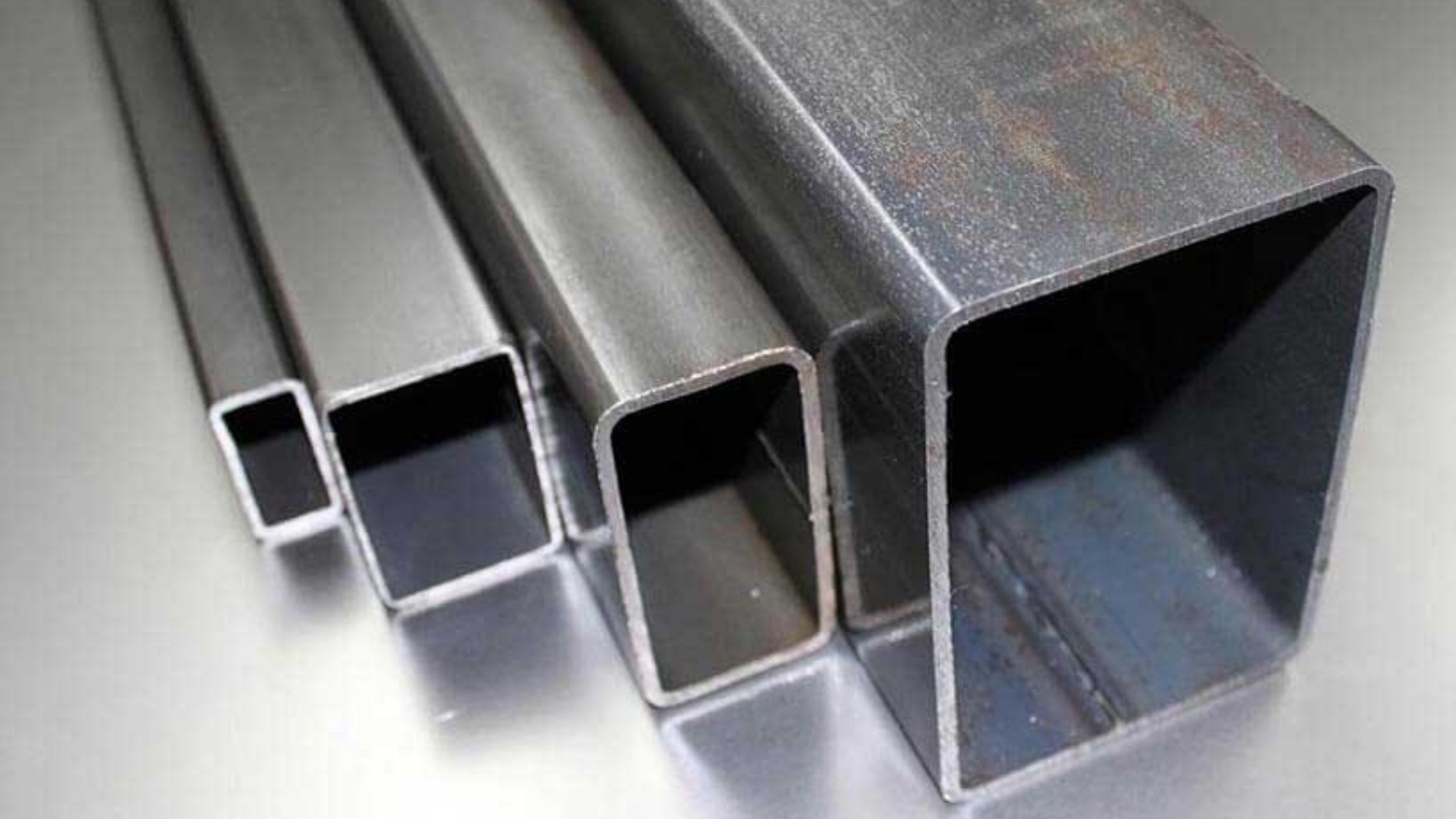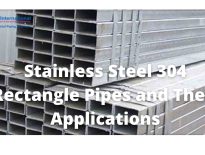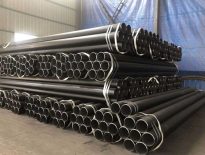Pipes and tubes made of stainless steel 310 are corrosion resistant because they are constructed from high-quality carbon steel. Stainless steel 310 pipes are very good in features like welding and cutting which allows for working efficiently in the manufacturing process.
The construction world relies heavily on pipes. They help to transport materials, fluids, and gases from one place to another. They can also be used as ducts or casings in machines.
SS 310 Rectangle Pipes are made of stainless steel and are strong yet flexible enough to be bent into a variety of shapes. These pipes and tubes can be welded together with other SS 310 materials, which makes them ideal for use in industrial environments where welding may be necessary.
Benefits of Stainless Steel 310 Pipes:
Flexible in applications, they can be used in applications ranging from water treatment plants to chemical processing facilities.
This type of pipe will last for years without breaking or becoming damaged from corrosion, as long as it is properly maintained. This type of pipe will not corrode when exposed to chemicals due to underground mining.
These pipes and tubes are adjustable due to their flexibility and can be bent according to the shapes and sizes desired by the project.
Applications of SS 310 Pipes:
Chemical plants, refineries, steel mills, and chemical plants use these pipes as feedstock. They can be used as a structural member in building construction, as well as for conveying liquids and gases. These pipes are highly corrosion resistant and mechanically robust.
How Are They Strong Enough?
As the material itself is very hard in characteristics, it is difficult to break the properties of this grade which makes it unbreakable. This means that you can use these products in applications where you need high strength or stiffness without having to worry about them breaking under pressure or strain.
The strength of SS 310 rectangle pipes also comes from their unique design. The pipes are made from metal sheets that are rolled into a tube shape before being welded together at the seams on each side. They are then rolled again into a cylindrical shape before being welded together at the ends with flanges on each side. These flanges provide support for attaching fittings for connecting the pipes together or to other devices such as valves or pumps, etc.


